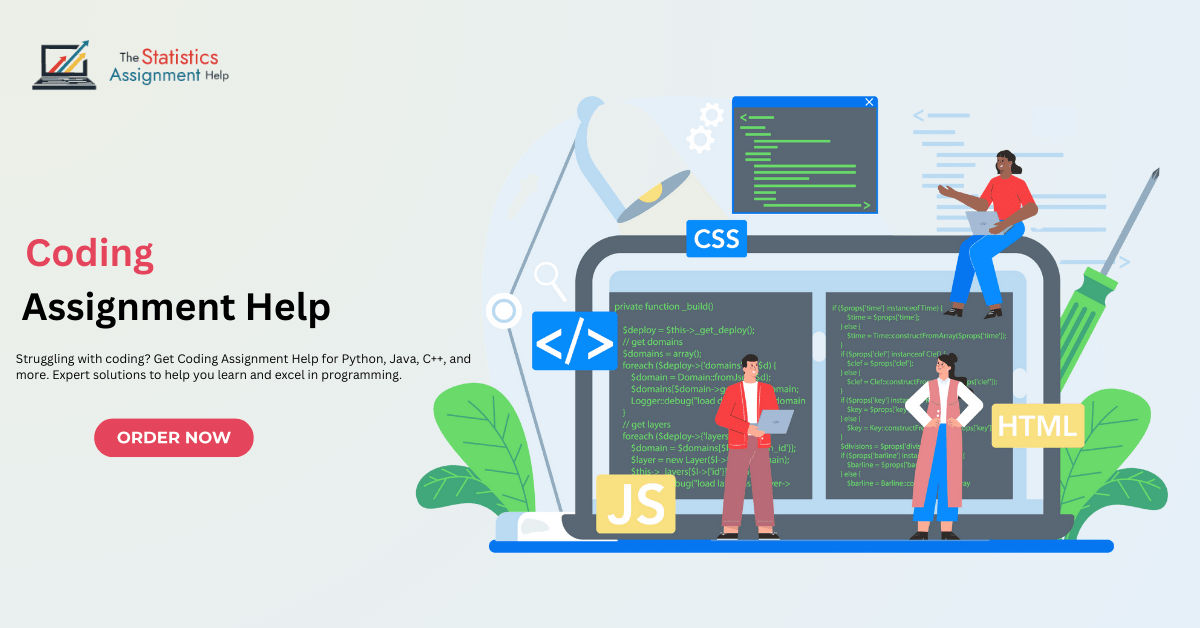In a world full of endless distractions and demands, managing time effectively is crucial for reaching personal and professional goals. Good time management isn’t about getting more done in less time; it’s about spending time on tasks that bring the most value to your life. Whether you’re a busy professional, a student, or someone looking to improve your productivity at home, here are essential tips for making the most of your time.
1. Prioritize Tasks Using the Eisenhower Matrix
The Eisenhower Matrix, named after former U.S. President Dwight D. Eisenhower, is a simple tool for organizing tasks based on urgency and importance. Here’s how it works:
- Quadrant 1 (Urgent and Important): Tasks that require immediate attention, like work deadlines or emergencies.
- Quadrant 2 (Important but Not Urgent): Tasks that contribute to long-term goals, such as personal development or strategic planning.
- Quadrant 3 (Urgent but Not Important): Tasks that are time-sensitive but don’t necessarily contribute to important goals, like interruptions or minor requests.
- Quadrant 4 (Not Urgent and Not Important): Tasks that add little value to your objectives, like excessive social media browsing.
Focus on Quadrant 1 tasks first, while aiming to invest time in Quadrant 2 for long-term success. By setting boundaries for Quadrants 3 and 4, you can eliminate distractions and achieve more meaningful results.
2. Apply the Pomodoro Technique for Focused Work
The Pomodoro Technique is a popular time management tool for maintaining focus. Named after the Italian word for “tomato” (inspired by tomato-shaped timers), this method involves working for 25 minutes, followed by a 5-minute break. Here’s how to get started:
- Choose a task to focus on.
- Set a timer for 25 minutes (one “Pomodoro” session).
- Work uninterrupted until the timer goes off.
- Take a 5-minute break.
- After four Pomodoro sessions, take a longer 15–30-minute break.
This approach leverages the brain’s natural capacity for short bursts of concentration, helping to reduce mental fatigue and prevent burnout over time.
3. Plan Your Day the Night Before
Taking a few minutes each evening to outline tasks for the next day can set a productive tone. Start by reviewing your calendar and organizing tasks based on deadlines or priority. Here’s a quick guide:
- List your top three priorities: Highlight the most crucial tasks to accomplish.
- Add secondary tasks: Identify any additional tasks that need attention, and tackle them after completing the primary ones.
- Schedule “me” time: Reserve blocks for breaks, exercise, or other self-care activities.
This simple practice reduces decision fatigue in the morning and gives you a clear roadmap for the day, minimizing stress.
4. Learn to Say “No” to Unnecessary Commitments
One of the biggest obstacles to effective time management is the tendency to overcommit. Saying “yes” to every request, meeting, or event can overwhelm you and prevent you from focusing on priorities. To protect your time, be selective about the commitments you accept. Before agreeing, ask yourself:
- Does this align with my goals?
- Will this add value to my life or work?
- Do I have enough time and energy for this?
Learning to say “no” gracefully is essential for maintaining control over your schedule and freeing up time for what matters most.
5. Use Digital Tools to Streamline Tasks
Technology offers many tools that can help you organize, track, and complete tasks more efficiently. Some of the most effective tools include:
- Task Managers: Apps like Todoist, Trello, or Asana allow you to organize projects, set deadlines, and track progress.
- Calendar Apps: Google Calendar or Microsoft Outlook helps schedule appointments and reminders.
- Note-Taking Apps: Evernote or Notion lets you store information, ideas, or meeting notes in one accessible place.
Experiment with different tools to find those that fit your style and streamline your workflow.
6. Set Boundaries Around Your Time
Protecting your time from interruptions is essential for productivity. This means setting boundaries not only for others but also for yourself. Consider these strategies:
- Block work time: Set specific hours for work or focused tasks, and communicate this to colleagues or family.
- Limit digital distractions: Disable non-essential notifications or use apps to block social media.
- Designate “no meetings” days: If possible, establish one or two days a week when you won’t attend meetings, dedicating this time to deep work.
These small practices can improve your ability to stay focused and accomplish tasks faster.
7. Practice Mindfulness to Stay Focused
Mindfulness is the practice of staying present, and it can be a powerful tool for improving time management. When you’re mindful, you’re less likely to get caught up in distractions, overthinking, or stress. Here are some simple ways to cultivate mindfulness:
- Take deep breaths: Start your day with a few minutes of deep breathing to center yourself.
- Pause between tasks: Take a moment to refocus between tasks, so you’re fully engaged in each one.
- End your day with gratitude: Reflect on what you accomplished, acknowledging your progress without dwelling on incomplete tasks.
Being mindful throughout the day can make your work feel more fulfilling and prevent burnout.
8. Reflect and Adjust Regularly
Time management is an ongoing process that requires occasional adjustments. Spend time each week reviewing what worked and what didn’t. Consider questions like:
- Did I accomplish my main goals?
- Which tasks took longer than expected?
- How can I improve my focus or prioritize differently next week?
Learning from your successes and setbacks will help you refine your approach and improve over time.
Conclusion
Effective time management and productivity don’t rely on squeezing as much into each day as possible. Instead, they focus on making thoughtful choices, managing distractions, and developing a routine that supports personal and professional growth. By using tools like the Eisenhower Matrix, setting boundaries, and practicing mindfulness, you can transform how you approach each day, leading to greater satisfaction and a better work-life balance. Time is our most valuable asset, and managing it well brings clarity, purpose, and peace of mind.












